6 Best Types of Berries to Grow in Your Backyard for Plump and Flavorful Produce
Various types of berries are a great addition to your backyard garden. Here are our favorite types for bountiful harvests all summer and into the fall.
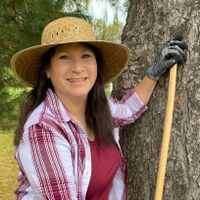
Kathleen Walters
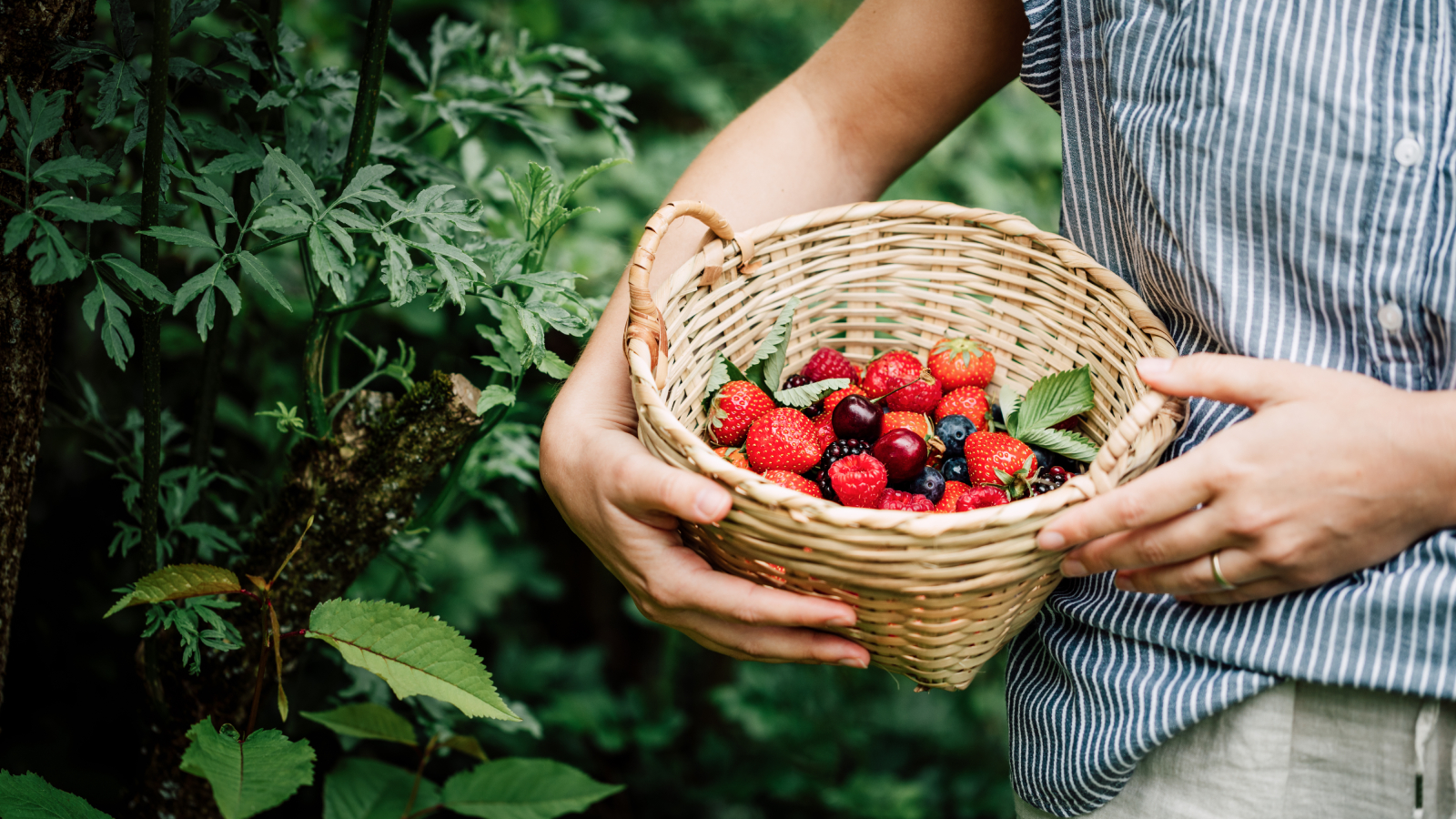
When home gardeners don't have the space to grow fruit trees, they often turn to backyard berries. Growing different kinds of berries is not only an easy endeavor, but many berry varieties are also a rich source of beneficial antioxidants.
Some berries can be eaten fresh upon harvest, and all berries are great in jellies, jams, and desserts. There is nothing quite like a fresh berry pie with a scoop of ice cream. Even Orville Wright, of first flight fame, was obsessed with fresh blueberry pies in the summer.
Berries are a great addition to food forest gardens or container gardens. So what are the best berries to grow? Let's find out.
1. Strawberries
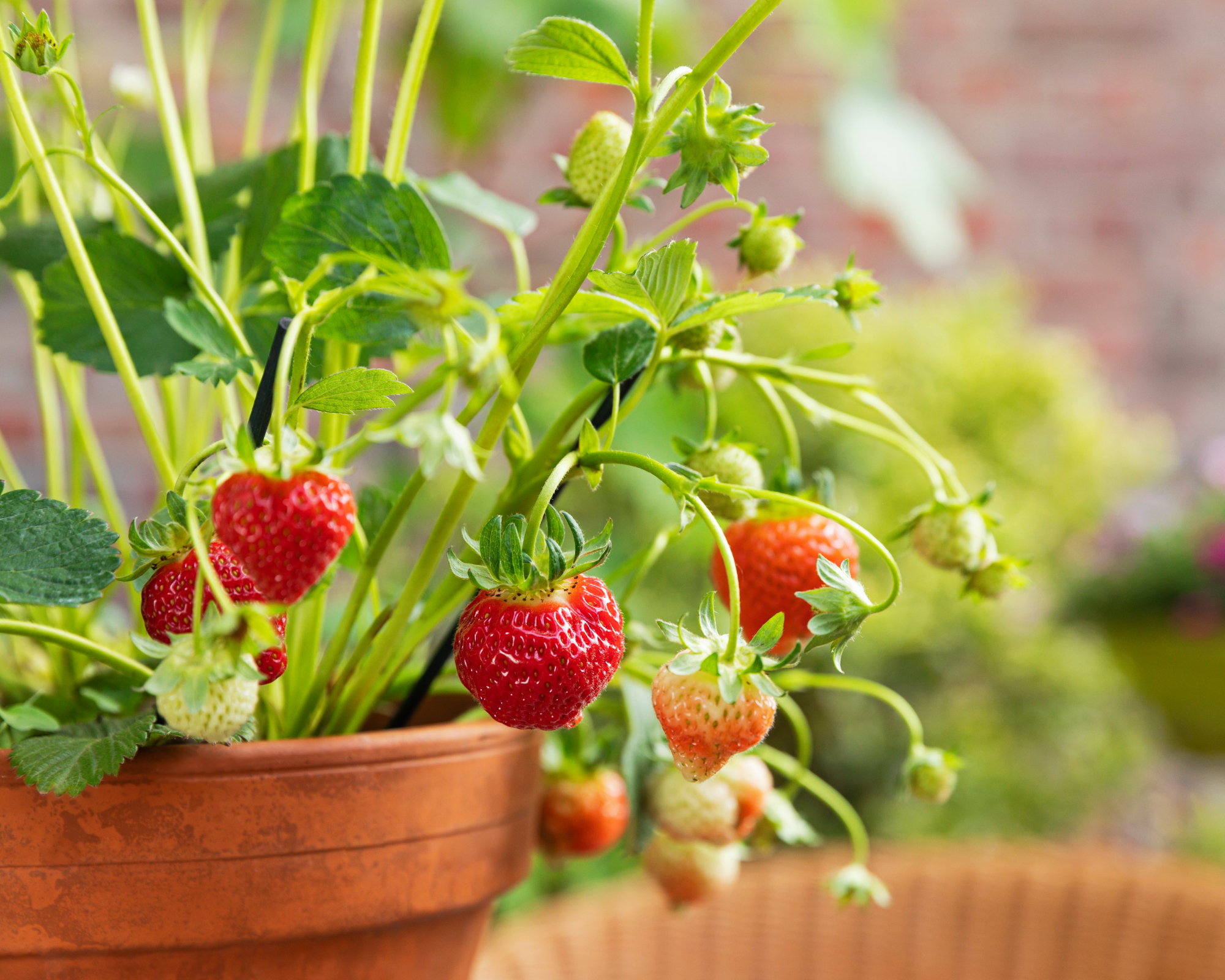
Growing strawberries is certainly one of the quickest ways to get juicy backyard berries. These perennial plants are categorized as June-bearing, Everbearing or Day-neutral. Strawberries are easily propagated by runners and require annual maintenance to control their spread. Netting may also be necessary to prevent birds and small animals from reaching ripe strawberries. Try one of these popular berry varieties:
- 'Chandler' strawberries are large, firm fruits with glossy skin.
- 'Honeoye' strawberries are mid-season berries which have been developed for cold hardiness. You can purchase Honeoye bare roots from Hirt's Gardens through Walmart.
- 'Jewel' strawberries are huge and have a long season with a high yield.
2. Elderberries
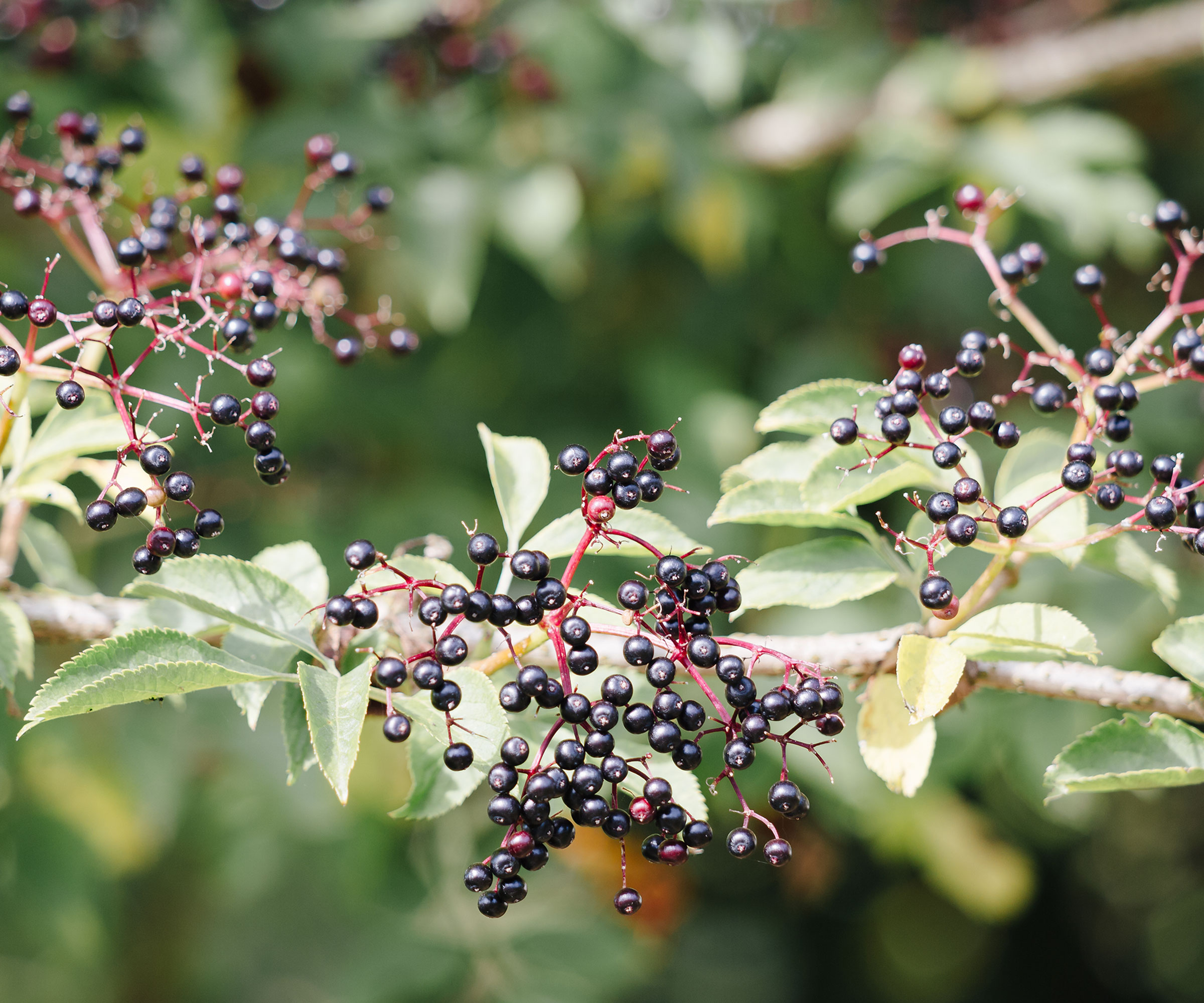
Elderberries grow on large shrubs, which can be pruned to maintain both size and shape. Unlike other backyard berries, most parts of elderberry bushes are poisonous. The raw fruit can also cause severe nausea and stomach upset.
Cooking your harvested elderberry fruit neutralizes their toxicity and enhances their flavor. Grow a native species or choose one of these cultivars for fruit production:
- 'Nova' is an American self-fruiting variety but will be even more successful when planted with another elderberry shrub.
- 'Black Lace' is a European cultivar that has dark purple foliage with pink flowers.
- 'Adams No. 1' and 'Adams No. 2' cultivars were selected from wild elderberry plants in the 1920s and have the largest fruit of all varieties. You can purchase Adams elderberry shrubs from Fast Growing Trees.
3. Blueberries
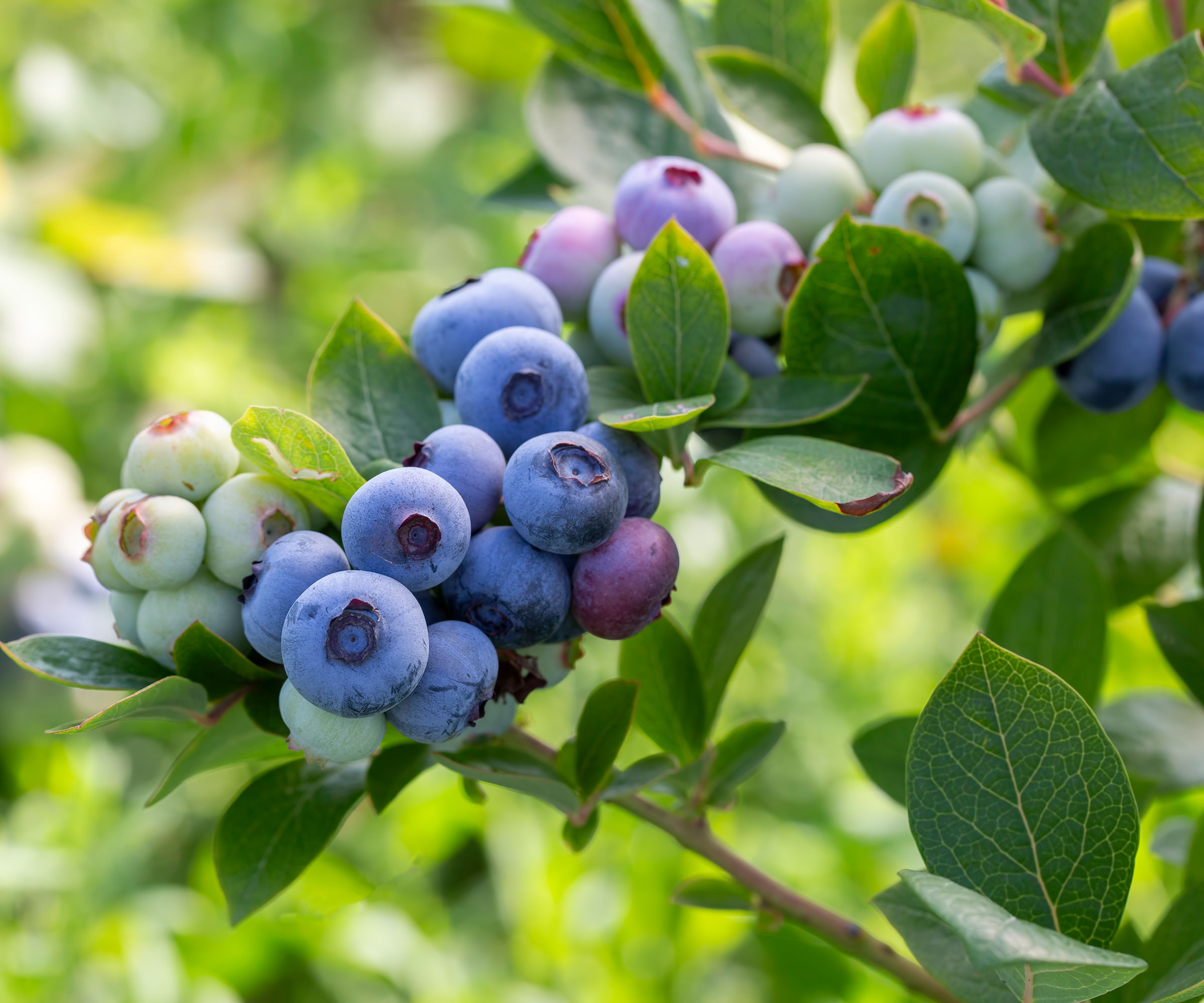
Blueberries are not only a versatile fruit in the kitchen, the bushes also lend beauty to the landscaping. This makes growing berries in the front of the house a “curb appealing” possibility. Blueberries require an acidic soil and most gardeners find it necessary to net the bushes during harvest season. Plant two varieties for the benefits of cross-pollination:
Sign up for the Gardening Know How newsletter today and receive a free copy of our e-book "How to Grow Delicious Tomatoes".
- 'Sweetheart' produces bountiful harvests in USDA zones 4-8 and is self-fertile. 'Sweetheart' blueberry bushes can be found at Fast Growing Trees.
- 'Bushel and Berry Jelly Bean' is a compact hybrid that is the perfect blueberry bush for containers and has sweet berries. You can find it at Fast Growing Trees.
- 'Pink Lemonade' has a unique pink fruit that you can harvest through fall and has a hint of kiwi flavor. You can find Pink Lemonade blueberry bushes at Fast Growing Trees.
4. Raspberries
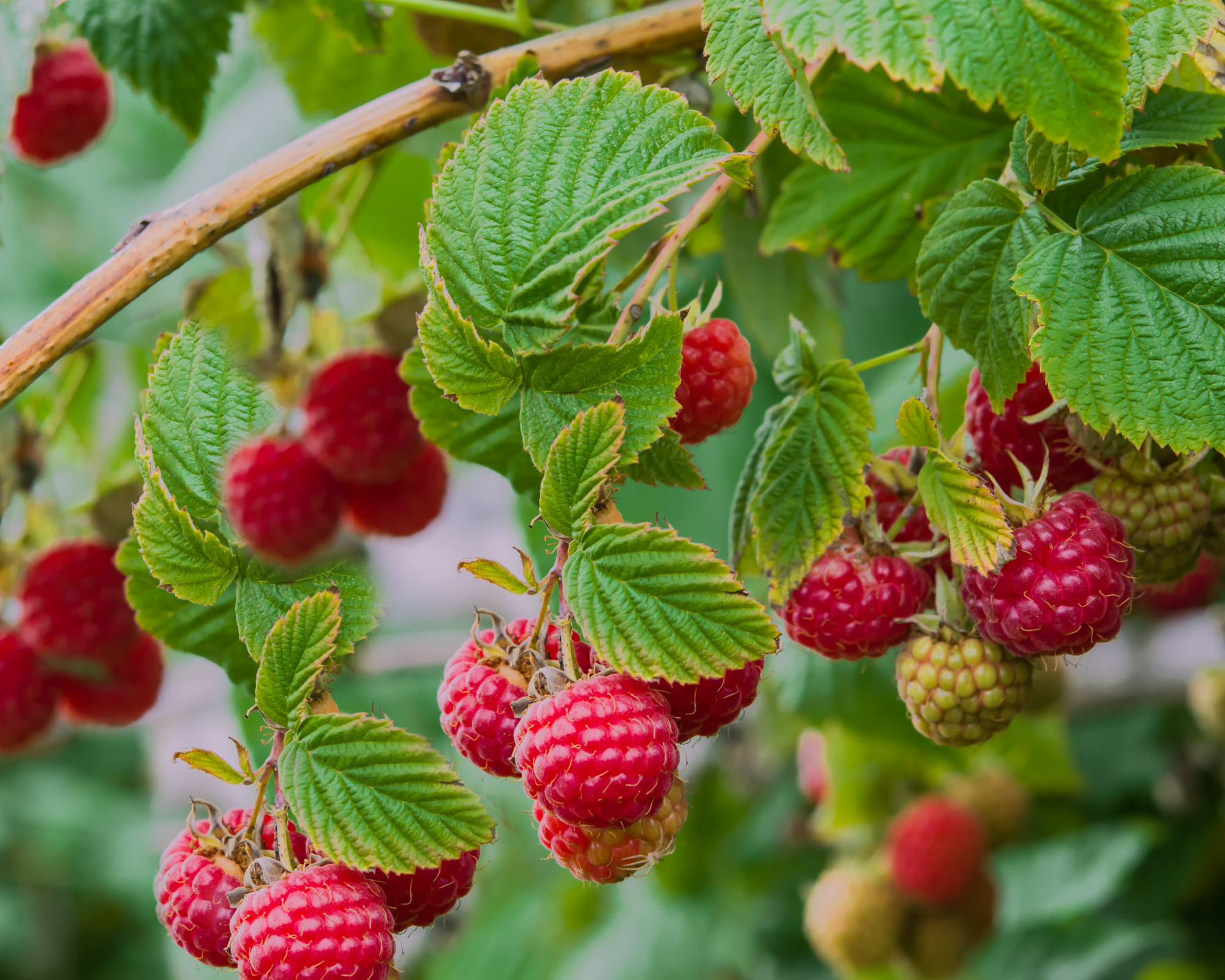
Raspberries are available in a variety of fruiting colors including red, yellow and black. This type of bramble fruit grows on biennial canes from perennial roots. Raspberry canes tend to sprawl, but annual pruning to remove spent canes and trellising keeps the garden looking tidy.
When growing berries in the home garden, choose Summer-bearing or Everbearing varieties which are winter hardy in your area:
- 'Boyne' is a hardy, productive early-season variety.
- 'Dorman Red' is an ever-bearing, trailing raspberry bush that was bred to withstand summer heat and southern climates.
- 'Heritage' is a fantastic raspberry for home gardeners and is available from Fast Growing Trees.
5. Blackberries
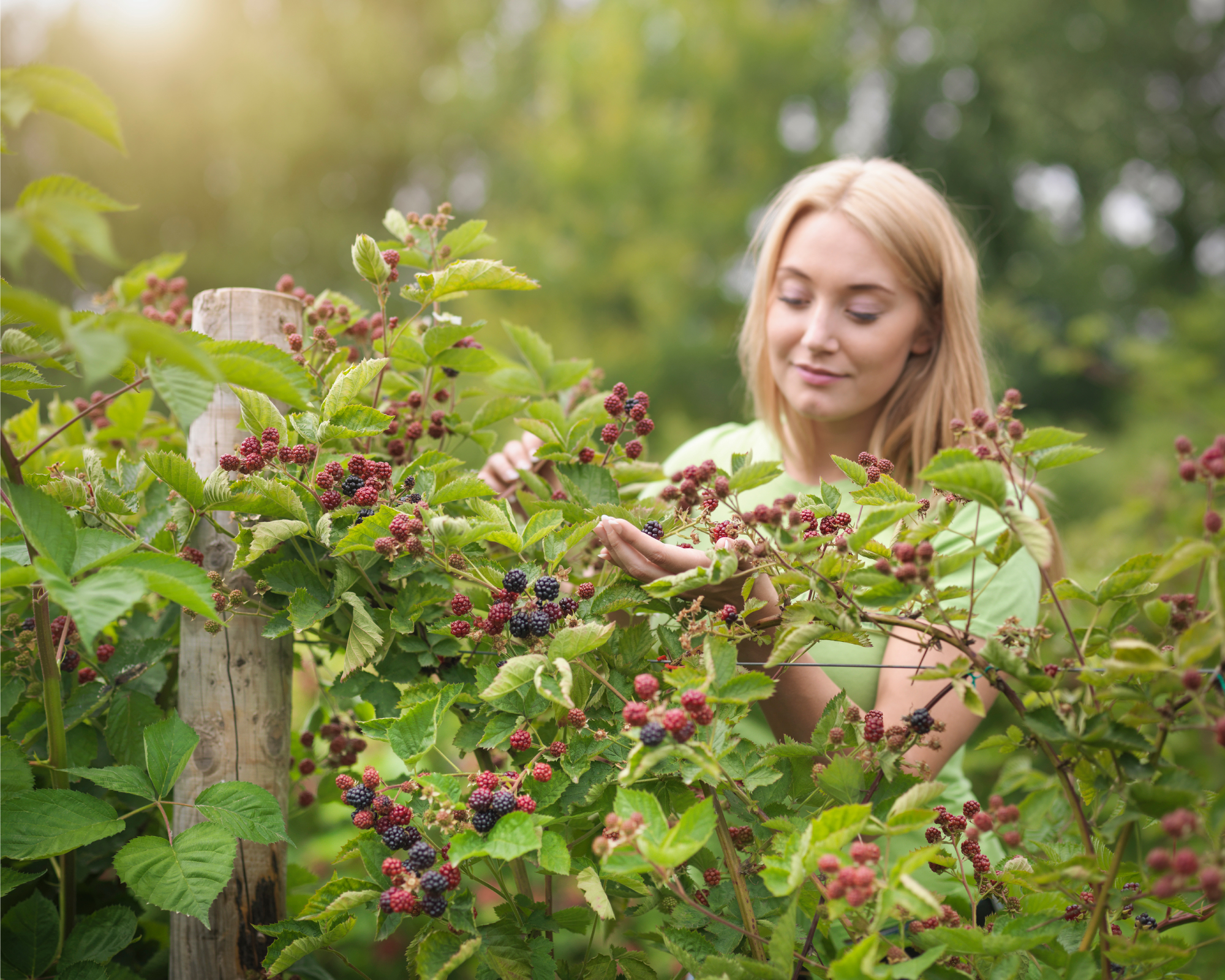
Blackberries are one of the easiest backyard berries to grow. They differ from raspberries in their flavor profile. Blackberries also retain a small core when picked, while raspberries do not. Because blackberry canes can grow quite large, both erect and trailing types require regular pruning.
- 'Baby Cakes' is a dwarf, thornless blackberry that is great for containers. You can find Baby Cakes at the Home Depot.
- 'Cherokee' is an erect-growing blackberry bush that produces large, firm fruit.
- 'Obsidian' is a trailing blackberry developed by the USDA for early ripening and large fruit.
6. Currants and Goosberries
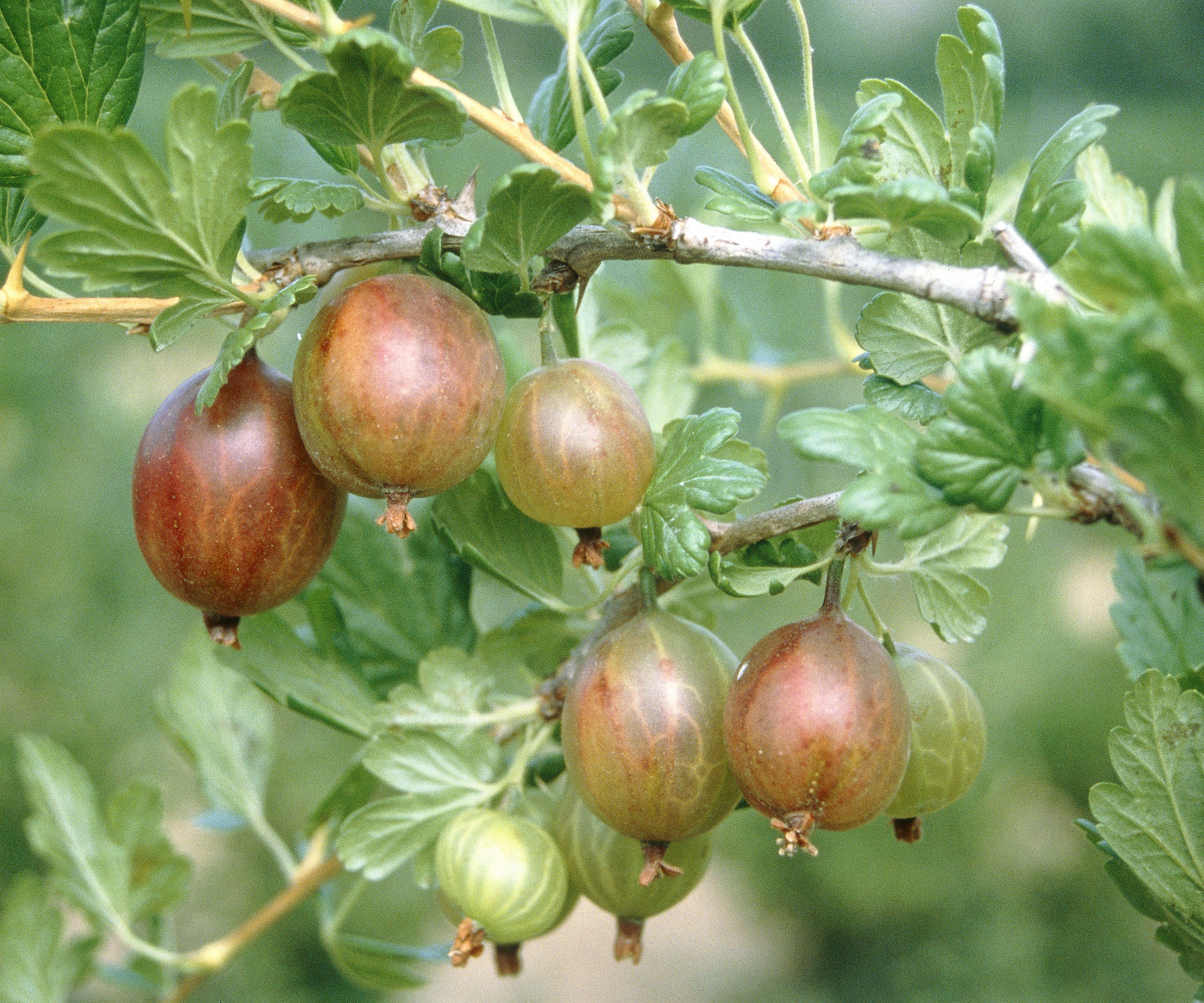
Currants and gooseberries are both members of the Ribes genus. Although not as popular as other kinds of berries, currants and gooseberries have a tart, sour-tasting fruit which lends itself well to pies and other desserts.
Both are susceptible to White Pine blister rust and cultivation may be restricted in your area. If not, choosing a less susceptible variety is recommended if you also have pine trees in the yard.
- 'Pixwell' Gooseberry has thornless stems and tangy berries that are great in jams and jellies (especially if you are going for the "Jam Girl Summer" trend).
- 'Poorman' Gooseberry is a compact American variety that produces large, sweet-tart berries which are great for fresh eating in addition to jams and preserves. It can be purchased from Raintree Nursery.
- 'Red Lake' Currant is a cold-hardy variety that boasts large clusters of fruit. 'Red Lake' can be purchased from Hirt's Gardens through Walmart.
- 'Pink Champagne' Currant is a cross between red and white currants that results in a delicate pink berry.
No matter what type of berries you choose, you are sure to enjoy growing them. Many varieties are easy-growing and incredibly productive. This means you can get the benefit of fresh berries and will still have plenty to turn into jam or pie!
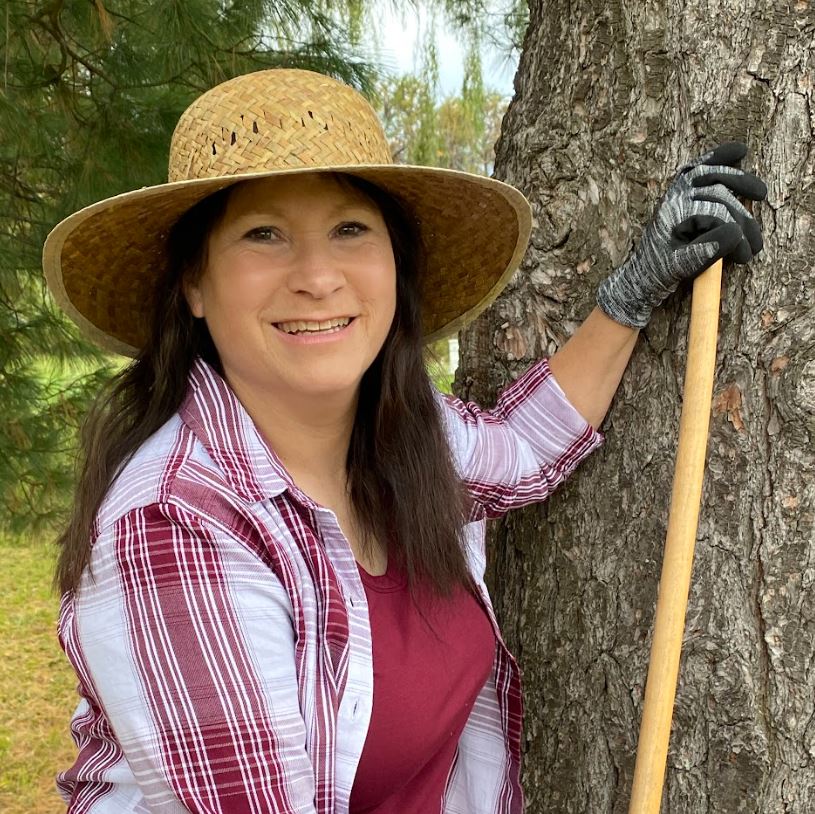
Laura Miller has been gardening all her life. Holding a degree in Biology, Nutrition, and Agriculture, Laura's area of expertise is vegetables, herbs, and all things edible. She lives in Ohio.
- Kathleen WaltersContent Editor